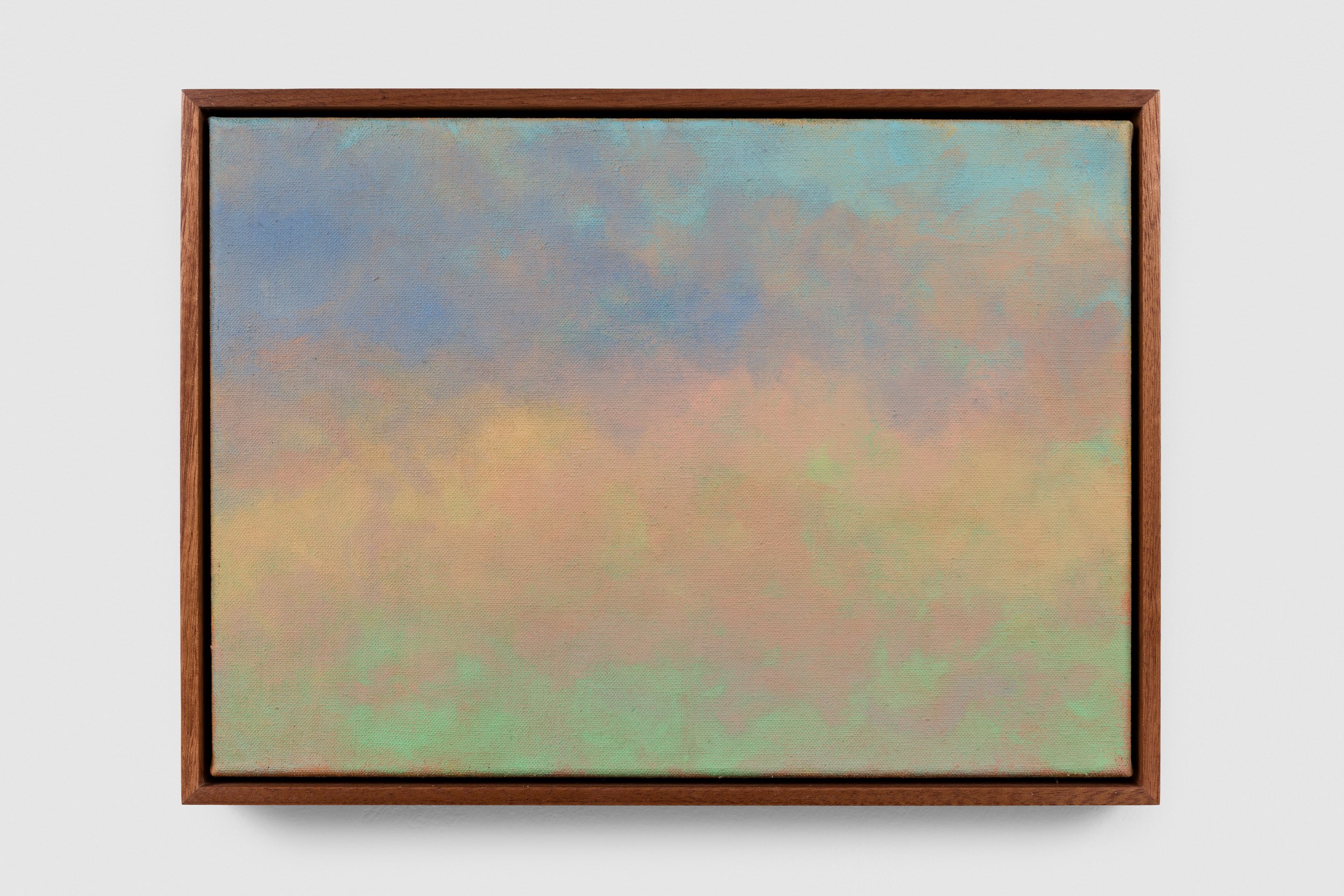Elephant Magazine: Hettie Judah on Tanoa Sasraku: ‘Let’s Rock! Why Has Art Taken a Geological Turn?’
On 24 October for Elephant Magazine, Hettie Judah mentions Tanoa Sasraku in her article ‘Let’s Rock! Why Has Art Taken a Geological Turn?’
Shown earlier this year at Bristol’s Spike Island, and currently at Vardaxoglou gallery in London, Tanoa Sasraku’s abraded and ancient-looking Terratypes are, collectively, a portrait of the British landscape painted in materials found at “points of emotional resonance” for the artist. They are like an arty, soulful set of Ordnance Survey maps. Sasraku forages minerals, rubbing strongly pigmented subterranean stuff into sheets of blank newsprint which are stitched together and rubbed and ripped to expose the layers beneath.
“Mineral pigments – as opposed to those leached from plants – are steadfast in their chromatic potency, having materialised under the earth over hundreds of millions of years,” Sasraku tells me. Minerals have long been ground for paint – this is a self-portrait of the landscape, “from deep red iron oxide stones foraged from the hills on Skye, to a prehistoric carbonised fern tree, revealed as a matte blue-black clay in an eroded North Devon beach cliff.” The series is, she says “at once a mineral record of a place, and a gestural document of my emotional state at the point of tearing.”
The rocks beneath the British landscape are remarkably diverse, from the 3 billion-ish year old gneiss of Lewis in north-west Scotland to the comparatively youthful (c6-million-year-old) chalk of south-east England. In colour, the Terratypesexpress geological diversity, while the stitching and fringing employed by Sasraku in finishing the works express links to the textile heritage of both Ghana and Scotland.



